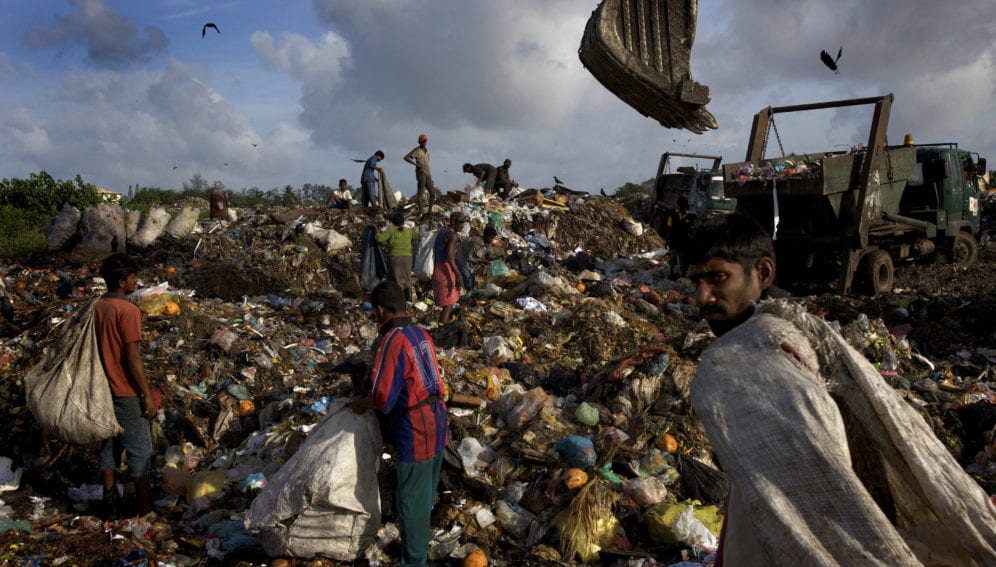By: Saleem Shaikh
Send to a friend
The details you provide on this page will not be used to send unsolicited email, and will not be sold to a 3rd party. See privacy policy.
[ISLAMABAD] Socio-economic factors may influence suicidal tendencies as much as the characteristics of individuals, a new study conducted in Sri Lanka finds.
To be published in the Journal of Affective Disorders in May, the study is based on individual and community-scale data collected from 165,233 people from 47,919 households across 171 rural communities in the South Asian island.
“We found that persons living in households with poorer assets and in communities with heightened deprivations, alcohol use, and inadequate social support in rural Sri Lanka are at the highest risk of committing lifetime suicide attempts”
Shaluka Jayamanne, University of Kelaniya
Previous studies from Asia indicated the role of contextual effects on suicidal behaviour but lack quantitative evidence. The new study, the authors claimed, is an attempt to bridge the evidence gap.
“We found that persons living in households with poorer assets and in communities with heightened deprivations, alcohol use, and inadequate social support in rural Sri Lanka are at the highest risk of committing lifetime suicide attempts,” Shaluka Jayamanne, author of the study and senior member of the medicine faculty at the University of Kelaniya, tells SciDev.Net.
Gathered between December 2010 and February 2013, the study’s data includes contextual factors such as age, sex, past suicide attempts, and individual socioeconomic positions, access to toxic pesticides, alcohol use, and multigenerational households.
As many as 3,681 of the 165,233 individual respondents surveyed (1,810 male and 1,871 female) reported making at least one suicide attempt.
“The tendency to commit suicide was greatest among young people aged 26—40 and in bleak socio-economic conditions — the ratio being 30 per 1,000 young individuals,” Jayamanne says.
Deoraj Caussy, epidemiologist and public health specialist at WHO’s regional office for South-East Asia in New Delhi, suggests improved surveillance and monitoring for suicide attempts and self-harm, along with increasing public awareness in affected countries.
The study, on the other hand, showed the protective effect in living in multigenerational households. This is in line with a 2017 report that indicated that those who live in multigeneration households have higher social capital and survival, as well as lower premature mortality.“The new evidence-propelled data provides no reason to the government for policy inaction,” says M. Ramesh, professor of social policy at the University of Hong Kong and UNESCO chair of Social Policy Design in Asia. “Tackling contextual factors such as social fragmentation, socioeconomic deprivation, poverty, and unemployment is key.”
Close to 800,000 people commit suicide worldwide every year, 78 per cent of whom are from low- and middle-income countries. Sri Lanka tops the list of countries with 34.6 per 100,000 persons, according to statistics released by WHO in 2015.
This piece was produced by SciDev.Net’s Asia & Pacific desk.














